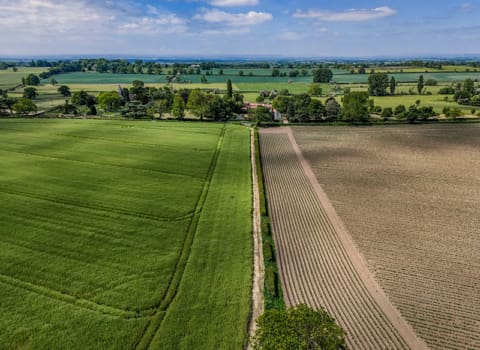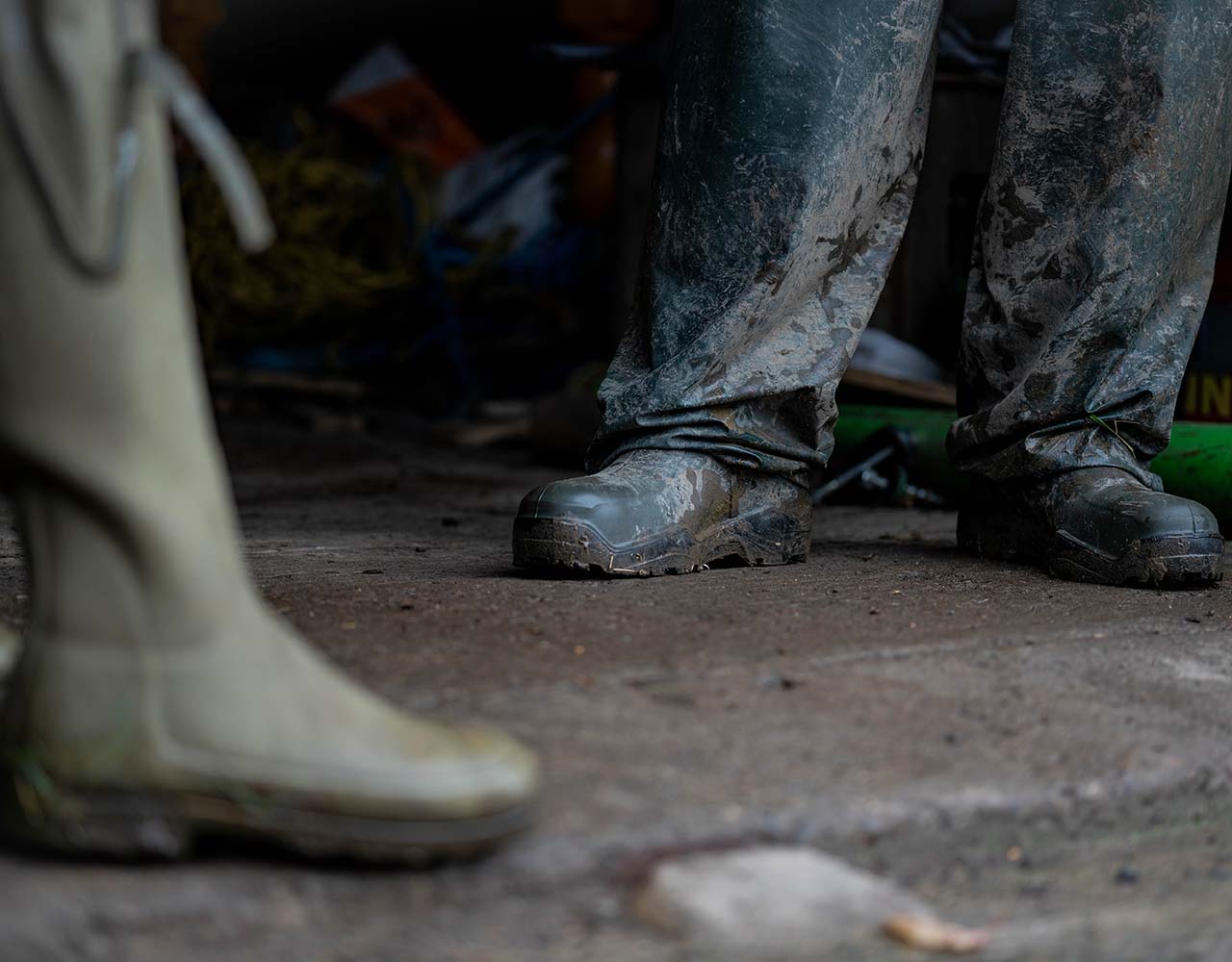Contact our offices
Main office
COLBURN
5 & 6 BAILEY COURT
COLBURN BUSINESS PARK
RICHMOND
NORTH YORKSHIRE
DL9 4QL
Estate Agency Offices are located in
BARNARD CASTLE, BOROUGHBRIDGE & RICHMOND
Residential Management Team
Our Offices
- Alnwick
01665 568310
Email Officealnwick@gscgrays.co.uk - Barnard Castle
01833 637000
Email Officebarnardcastle@gscgrays.co.uk - Boroughbridge
01423 590500
Email Officeboroughbridge@gscgrays.co.uk - Chester-Le-Street
0191 3039540
Email Officechester-le-street@gscgrays.co.uk - Colburn
01748 897630
Email Officecolburn@gscgrays.co.uk - Driffield
01377 337180
Email Officedriffield@gscgrays.co.uk - Hamsterley
01388 487000
Email Officehamsterley@gscgrays.co.uk - Hexham
01434 611565
Email Officehexham@gscgrays.co.uk - Kirkby Lonsdale
01524 880320
Email Officekirkbylonsdale@gscgrays.co.uk - Penrith
01768 597005
Email Officepenrith@gscgrays.co.uk

Working on a Highway? Get the Right Licence!
Whether you are repairing a burst water pipe in a tarmac road, installing internet cables in a grass verge or stringing a new electricity cable over a highway, any works being undertaken in or on a public highway require a Section 50 Licence under the New Roads and Street Works Act 1991.
It is essential that you obtain a licence before starting any highway works, as failing to do so can result in substantial fines and a requirement to remove the equipment and reinstate the highway at your cost.
It would be a mistake to think this only applies to utility companies and large estates, as it can also impact on farmers and homeowners alike. For example many farms have fields with water troughs or sheds with electricity or water over the road from the main holding and some homeowners have private water supplies from a borehole or spring on the other side of a road.
Although many farmers and homeowners won’t have undertaken works on highways; forewarned is forearmed. You don’t want to be reaching for the textbooks when a water pipe bursts or worse still, facing a fine and remedial works for unlicensed work. Even a simple understanding of the requirements can save significant time and money in an emergency.
Securing the Licence
The first step to securing a Section 50 Licence is to obtain an application form from the relevant Highways Department of the Local Council. Some Council’s publish the forms online but it would be advisable to request a new form on each occasion as they are regularly updated and an outdated form would be invalid.
On receipt of the application form you will need to contact the ‘Statutory Undertakers’ i.e. utility companies and service providers to ensure you don’t accidentally damage any buried equipment. An up to date list of contact details will be available with the application form. This should be a priority as some responses can be slow.
Once the works have been planned and contractors identified you should begin to draft the Section 50 Application. This will require:
- a map of the site
- description of the proposals
- estimated timing of the works
- your contractor’s insurance certificate
- your contractor’s qualification as a street works accredited operative and supervisor
- the licence fee.
The licence application must be made at least 20 working days before the commencement of the works. In an emergency the works can be undertaken immediately provided you have notified the Council and Highways Department as soon as possible and will apply for a retrospective Section 50 Licence as soon as reasonably possible. In an emergency it is essential you notify the Local Highways Department as soon as you discover a problem.
Once your application has been approved and you receive the licence, you will then need to submit an Actual Start Notice when the works commence followed by a Reinstatement Notice once the works are finished. These notices are simple to complete but failure to submit these notices can invalidate the licence.
Once the reinstatement is complete the Local Highways Department may wish to inspect the works. They expect you to reinstate the surface to Highway standards and will hold you liable for any repairs should your reinstatement fail within the first two years following completion.
Wayleave Agreement
Don’t forget if you are installing new equipment in the highway, in addition to the S50 License you will also require a wayleave agreement with Highways England allowing you to keep your equipment on their land. Highways England have a standard Wayleave Agreement they duplicate for new equipment but it can be modified by agreement.
Without a formal agreement you may be deemed to have a wayleave in Highways England’s standard form, however this is a very risky assumption and in all cases equipment owners should avoid installing equipment until a wayleave has been signed and agreed.
If you are planning to install new equipment or undertake works to existing equipment within a highway and need assistance please do not hesitate to contact:
[team-member name=”Chris Thyer”]









